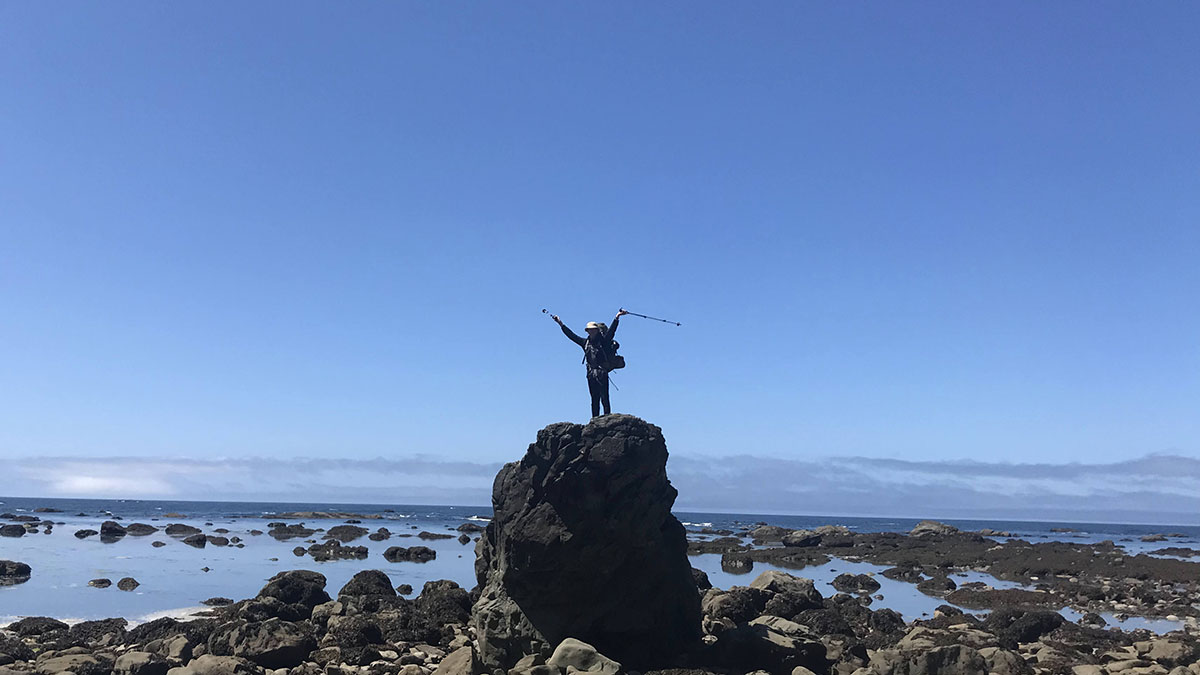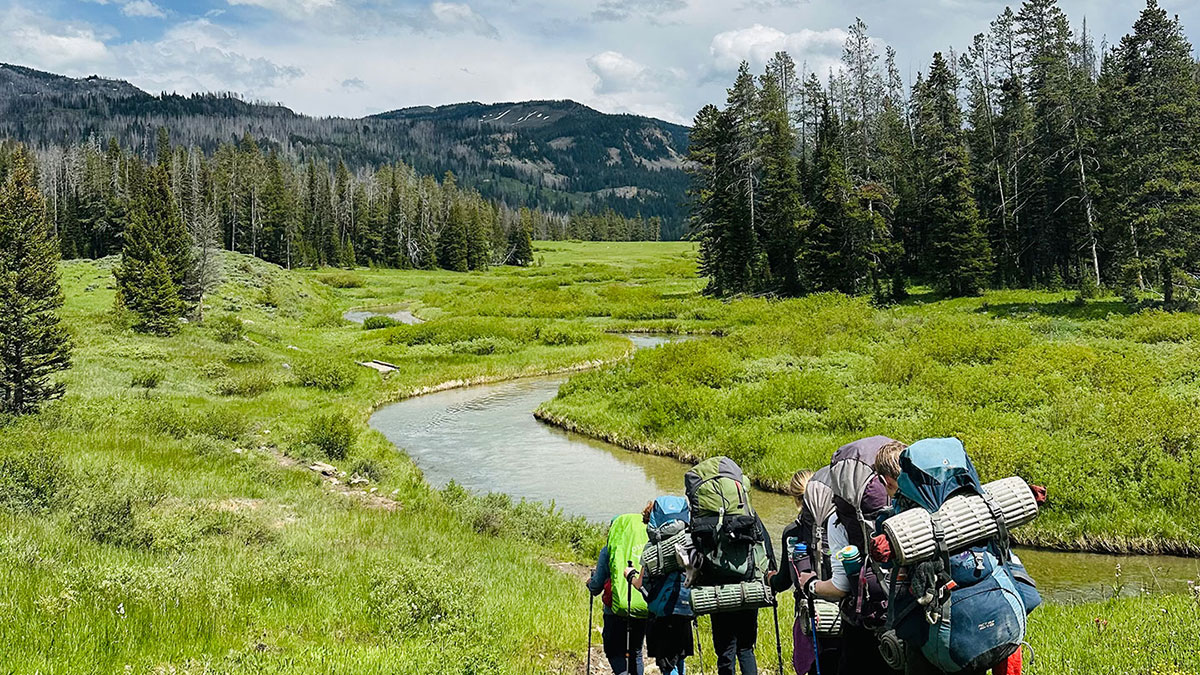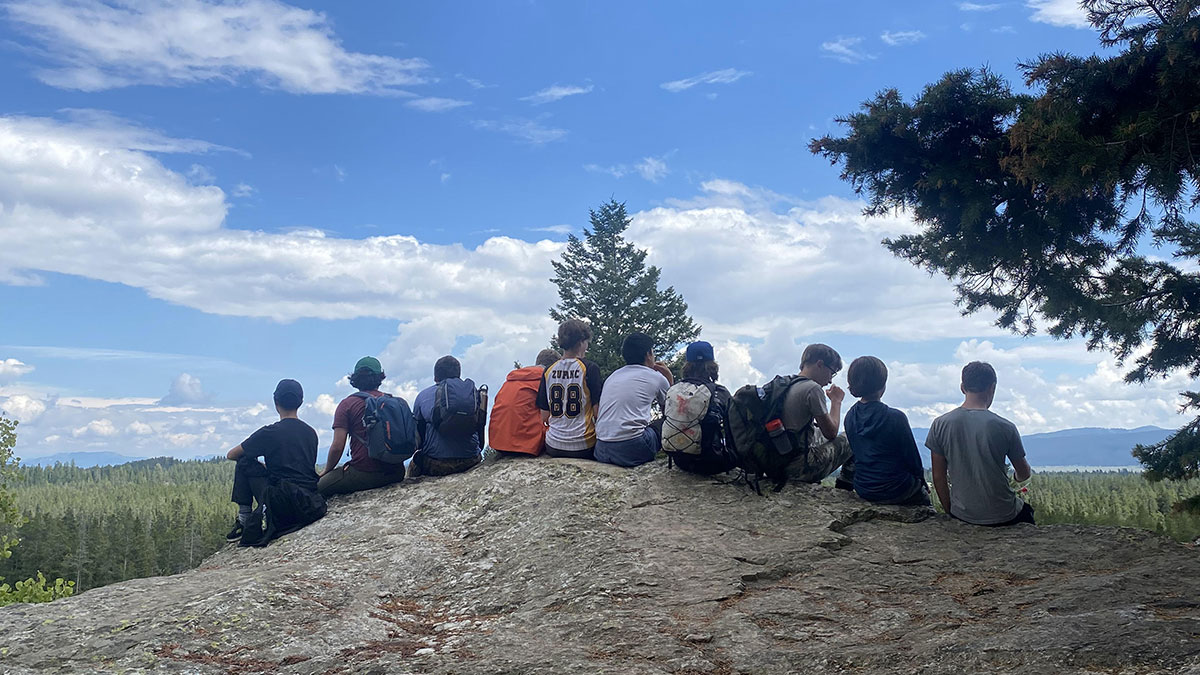Social Media’s Effect on Dopamine and Teenagers

In Habits of a Happy Brain, the author talks about the balance of “happy” vs “unhappy” chemicals, and how we often neglect to remember that the unhappy chemicals (important for notifying us of threats, for example), are just as important as the happy ones (oxytocin, dopamine, endorphins). She also talks about how the concept of permanent happiness—never feeling those unhappy chemicals—is philosophically and quite literally unrealistic. As humans, we continuously experience a sine wave of ups (happy) and downs (unhappy). It’s a constant natural cycle.
[Habits also talks about habituation and the importance of making good choices for oneself (because even if you make a bad decision, it’s better to have made that decision yourself than to have given up control and made others choose for you). I highly recommend reading it!]
Dopamine Nation also addresses—you guessed it—dopamine’s omnipresence in our society and our tendency to constantly seek experiences that make us happy (whether that’s substance abuse or shopping or gambling addictions). This author talks about the addictive nature of technology and media (quite literally, how it’s been developed and refined to keep us glued to our screens as much as possible), and the inevitable lows we face after our fleeting dopamine encounters. Dr. Lembke encourages building resilience and self-regulation skills, and similar to Breuning, advocates for a more intentional mindset and making conscious choices to resist behaviors we find addicting.
Now, where does social media fit into all of this? As the owner of a tech-free camp for teenagers that hopes to lessen its participants’ dependency on social media, I started thinking more about this. Social media releases quick hits of dopamine. It gives us snapshots of happiness, and the more we seek it out, the more dopamine we release. And with higher highs comes lower lows. What does that sound like? That’s right—addiction to social media.
We know that there are more meaningful and long-lasting ways of experiencing our happy hormones. When we feel we’re a valued member of a community, for example, our bodies release oxytocin—a more stable “happy” hormone than dopamine. One could argue that social media gives us a sense of community, which in theory should release dopamine. The opposite, however, is true. People post photos and videos in exchange for likes and comments—or, put differently, an engagement score. When you get 100 likes on a photo, you’re happy… until you post the next photo, at which point you’ll hope for 101 likes and not be satisfied with a lower number. It’s an endless loop of chasing fleeting or even superficial happiness.
As I mentioned (and which comes to no one’s surprise), social media is purposefully addictive. Since Facebook, TikTok, Instagram, X, and most popular sites are free, you—the user—are the cost. The more time you spend engaging, the more ads in front of your face, the more data that is harvested, and the worse your mental and social health. Frances Haugen, a former Facebook employee, released thousands of documents that show Meta knew the harm that social media causes, especially for young people. Social media use has been linked to anxiety, depression, sleep issues and is predictive of suicide risk in teenage females.
We all crave human connection. We yearn to be with people who support us, care for us, connect with us, and accept us. Social media unfortunately exploits this need and steers us below our “baseline” of happiness, which leads us to “doom-scrolling” for hours on end—we literally cannot stop watching reels and shorts in an attempt to drive our dopamine levels back up. It also creates FOMO, which itself leads to more anxiety and depression, as our perception (not necessarily reality) is usually that others are doing way cooler things than we are.
Oof. That’s a heavy topic—but it’s important to address because we all want today’s youth to grow into strong, empowered, confident, and competent young adults. Into the next generation of resilient leaders. In both Dopamine Nation and Habits of a Happy Brain, the authors recommend a few common things:
- Take intentional breaks from your phone
- Surround yourself with a supportive community
- Engage in real-life experiences
- Show appreciation
Incidentally, these four things are intrinsic to Adventure Treks experiences. Students are in a caring, tech-free environment, having unforgettable, tangible adventures. And each night, we get to share our highlights of the day and thank those who helped make it special. We also get to address things that may not have gone as well, and discuss ways to make them better.
In many ways, Adventure Treks is the panacea for getting out of a social media funk and that vicious cycle of dopamine-chasing. Regardless of your plans for this summer, I recommend putting your phone down, telling someone (face to face) that you appreciate them, and going outside to do fun things!




